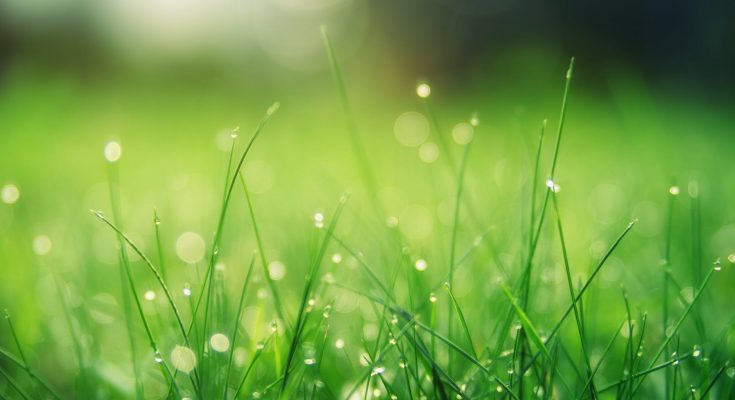The Lawn Care Experts at Giroud Tree and Lawn, specializing in tree service, lawn care and mosquito and tick control programs, have been carefully planning the official start of the lawn treatment season because the 2018-2019 winter was the wettest on record.
A later start will yield better results for homeowners’ lawns and Giroud Tree and Lawn shares the reasons why it’s better to delay a lawn care treatment program.
The birds are chirping and the days are longer, which can only mean one thing – spring is in the air! Homeowners are looking forward to enjoying time outside in the sunshine, and many may be eager to start a Lawn Care Program. However, the Lawn Care Experts at Giroud Tree and Lawn have been carefully planning the official start of the season, because this year a later start will yield better results after the wet winter.
Winter weather can affect how a lawn fares in spring and summer, but carefully timing lawn care treatments can be the deciding factor between a lush, green carpet of grass and one riddled with problems all season long. Fertilizer and weed control are only effective if applied at the optimal time.
‚ÄúWe have to time it just right,‚ÄĚ explains Tom McMonagle, Giroud Lawn Care Technician. ‚ÄúIt‚Äôs a domino effect, and if we start too early, all the other treatments will be too early as well. That‚Äôs why we start on the weather, not based on the time of year.‚ÄĚ
There’s a Chill in the Ground
The Philadelphia area has been enjoying the spring-like temperatures this week, but it’s important to know that air temperature is different than soil temperature. It takes a lot more energy for the soil to warm up, and the soil needs to be at optimal temperature to get the best results from the fertilizer treatments. Crabgrass Pre-emergent Control needs to be applied just as the Crabgrass is beginning to germinate, which won’t happen until the soil temperature is 55 degrees or above for at least 3 days in a row.
Soaked Soil
It was a very wet winter! Homeowners may notice that the ground is almost spongy when and there are pools of water on many properties. According to the National Oceanic and Atmospheric Administration (NOAA), ‚ÄúFrom December 2018 through February 2019, the total U.S. winter precipitation was 9.01 inches that was 2.22 inches above average. That made it the wettest winter on record beating the winter of 1997-1998.‚ÄĚ
Giroud Lawn Care Technicians have been carefully monitoring soil conditions for three important reasons:
1.    An Even, Uniform Application: excess water will dilute the product, causing some sections get too much and others not enough.
2.    Maintaining the Product’s Strength and Effectiveness: wet conditions like these can dilute crabgrass controls and weaken the protective barrier.
3.    Preventing Lawn Damage: If the ground is soft and still absorbing all that water, driving heavy equipment onto the grass will only damage the lawn. In some cases, the ground is still so soaked that even walking on it could leave divots and dents.
Here are a few things homeowners can do now to get the lawn ready for a great season:
1.    Give the property a Spring Cleanup: clear brush, rake up leaves, and pick up anything that may block the early spring sun from shining down on those little grass sprouts.
2.    Have the soil’s pH level checked: a balanced soil acidity will only strengthen the effectiveness of a lawn care program.
3.    Schedule a Lawn Evaluation with a PA Certified Lawn Care Technician: a lawn expert will analyze the growing environment, the current condition of the lawn, and check for any emerging issues.
Image: Johannes Plenio



